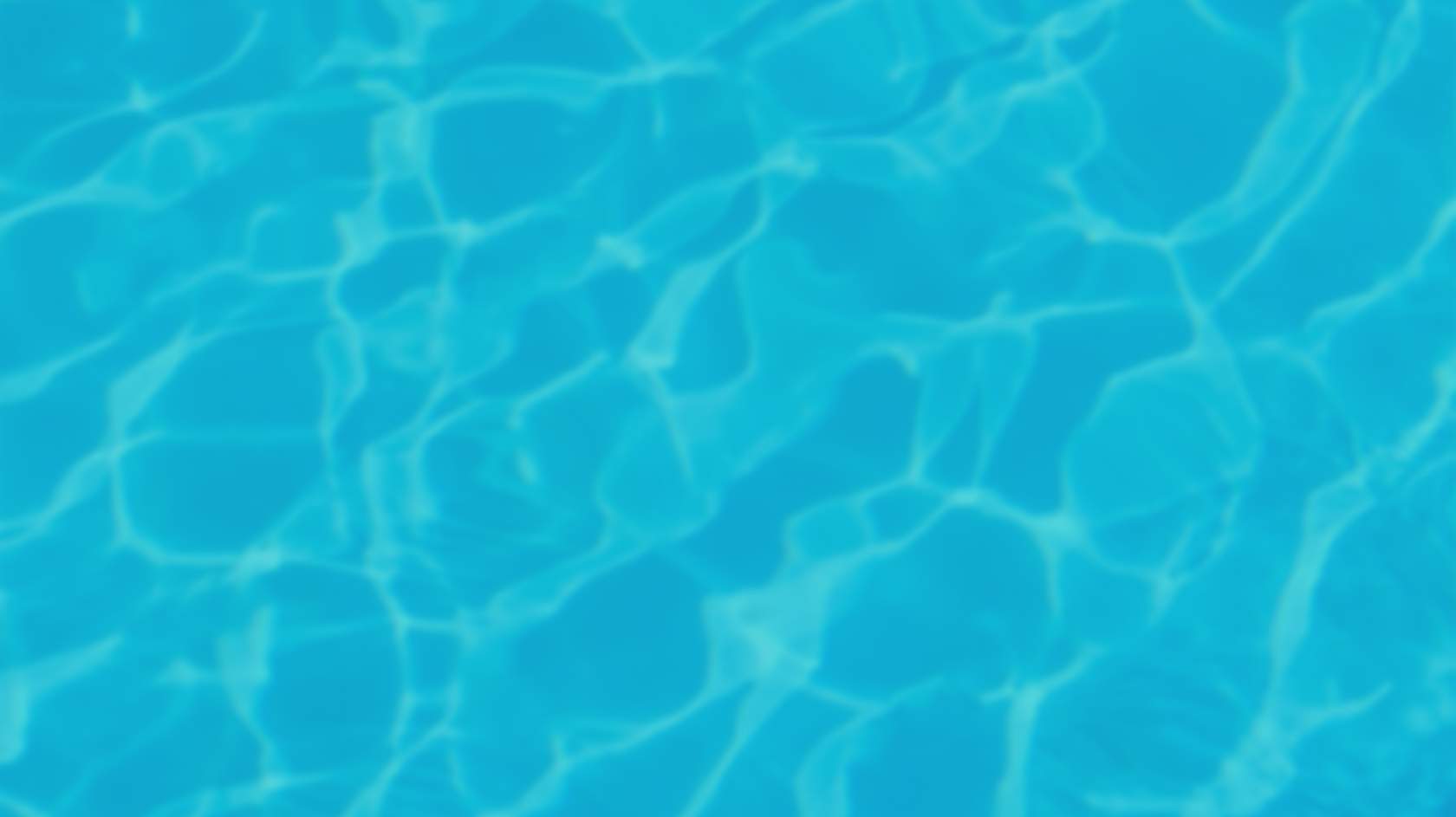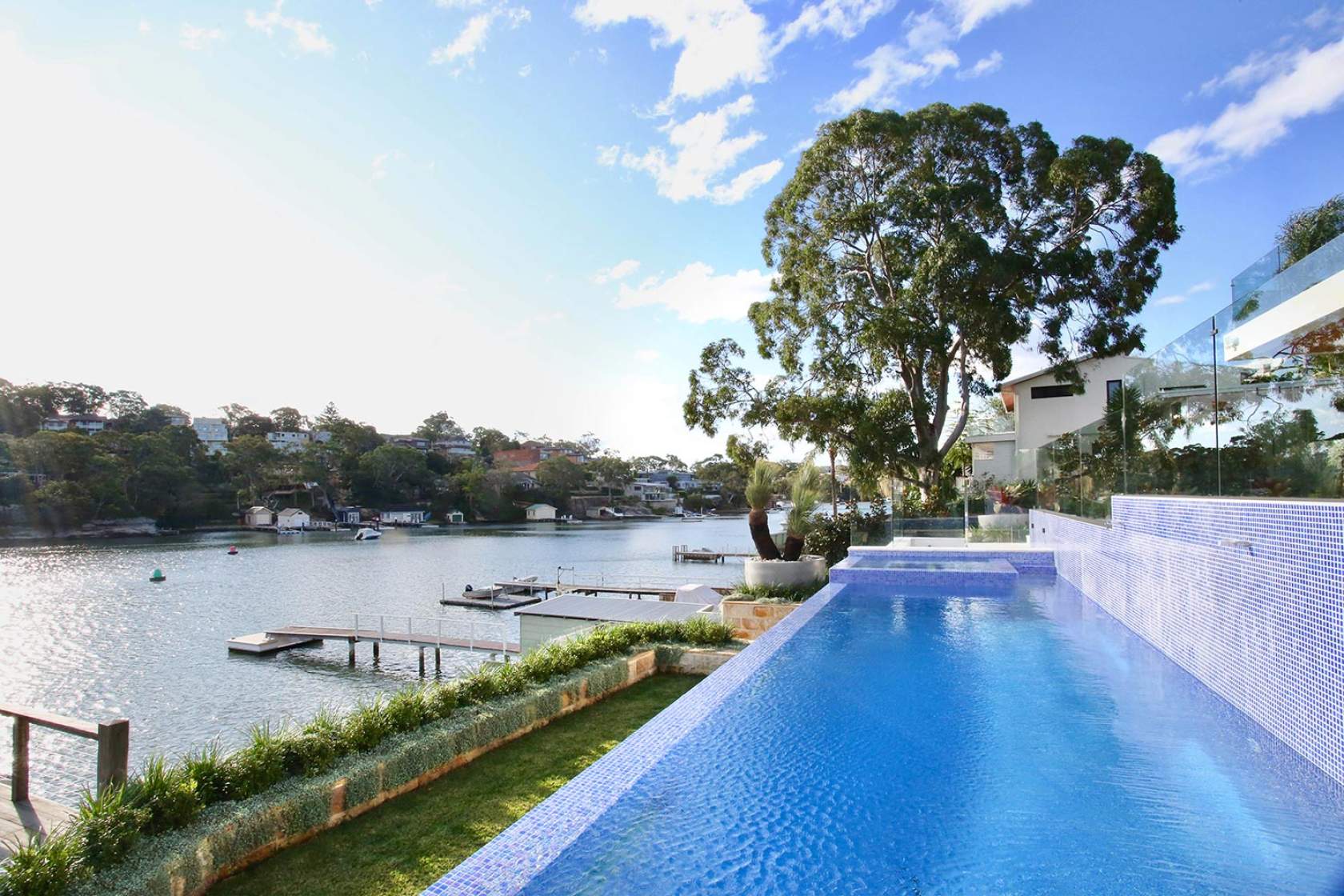

- Home >
- Caring for your Pool & Spa >
- Water Quality > Algaecides
Save Your Pool From Algaecides
Many pool owners have problems with algae. Algae spores are always present and when they become active, they thrive on wastes in the water and dramatically multiply in numbers, turning clear water into a green pool overnight. It is important to control algae in swimming pools for health, safety and aesthetic reasons. An algae-infested swimming pool is also an expensive and frustrating problem to correct.
Prevention is the best cure for all types of algae. To stop algae taking hold, visit your local SPASA pool shop to create a personalised program for your pool. Regular brushing of pool walls makes it harder for algae to take hold, and a regular water analysis regime will help to detect problems before they get out of control. Salt pools are not immune to algae and there are specific products on the market to treat algae in salt pools.
The following may help answer some of the questions you have about algae and help dispel some of the misunderstandings about how and why algae appears in swimming pools.
What is algae?
Algae is a small plant growth closely related to seaweed. It comes in many shapes and sizes, but for the most part algae found in swimming pools is very small and resembles moss.
The algae spores or seeds are either already present in the water, transported to the pool by wind or are attached to other debris which finds its way into the pool. Algae grows most profusely in the shallowest parts of the pool, usually around areas with poor circulation, such as swim outs and steps.
The most common types of algae are green, mustard and blackspot algae. Each type of algae will require a specialised treatment. Always consult your local SPASA pool shop for advice.
How do we get rid of it?
Algae requires air, sunlight, water and a good supply of nutrients to grow. Nutrients such as phosphates and nitrates are commonly found in pool water and is a food source for algae that needs to be removed to inhibit growth.
Sanitisers will do this to a certain extent, however algae are extremely hardy organisms and, in some cases, become so resistant to sanitiser that treatment with an algaecide is required. There are many of these available on the market and your local SPASA pool shop can advise you on which is the best one for you to use.
Once the algae dies, the residue will need to be brushed from the pool surface so it can be removed by the filtration process or vacuumed out, leaving the pool clean and clear.
Keeping the pool algae free
Maintaining correct water balance and sanitiser levels, good circulation and the occasional shock dosing will usually keep algae under control.
Add to this the regular use of an algaecide and phosphate removal program to be sure the pool remains clean and free from algae.
To apply an algaecide to your pool, first adjust the pH according to the manufacturer’s instructions. Wait 2 hours then add the required amount of algaecide to a bucket of water and pour around the edge of the pool. Do not swim for at least 2 hours.
For further information on how to treat algae problems, please visit our page on green pools.
